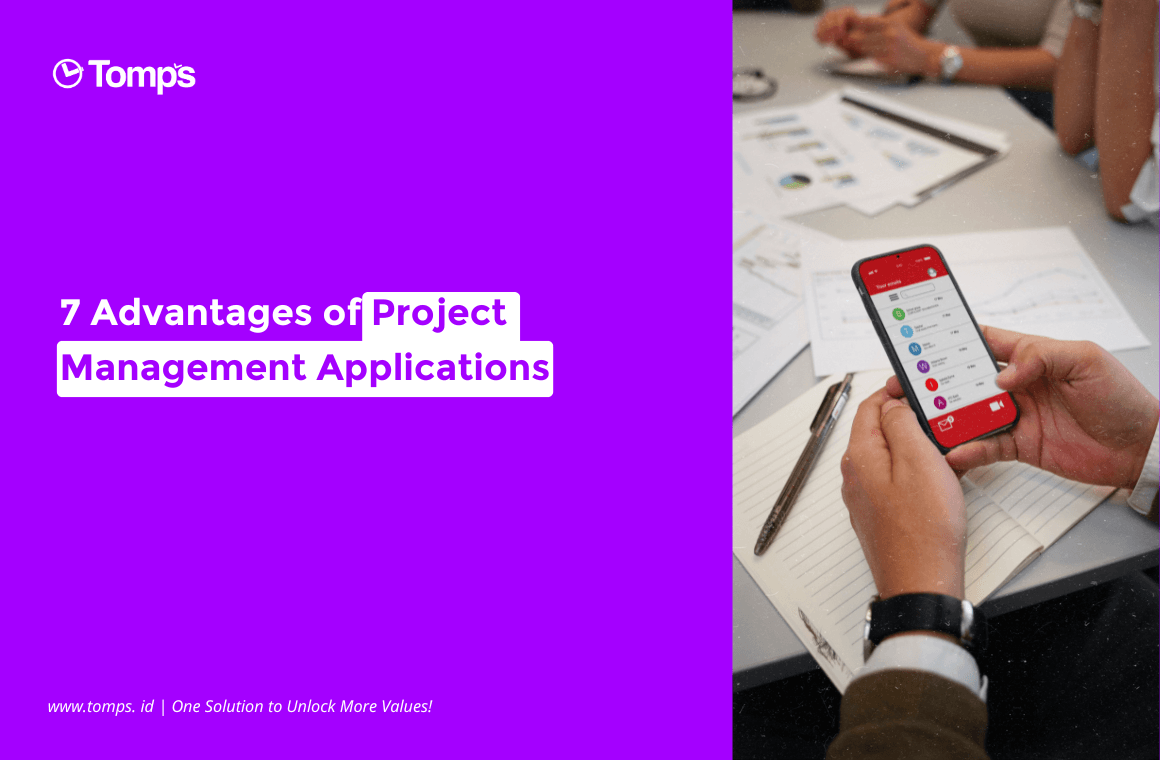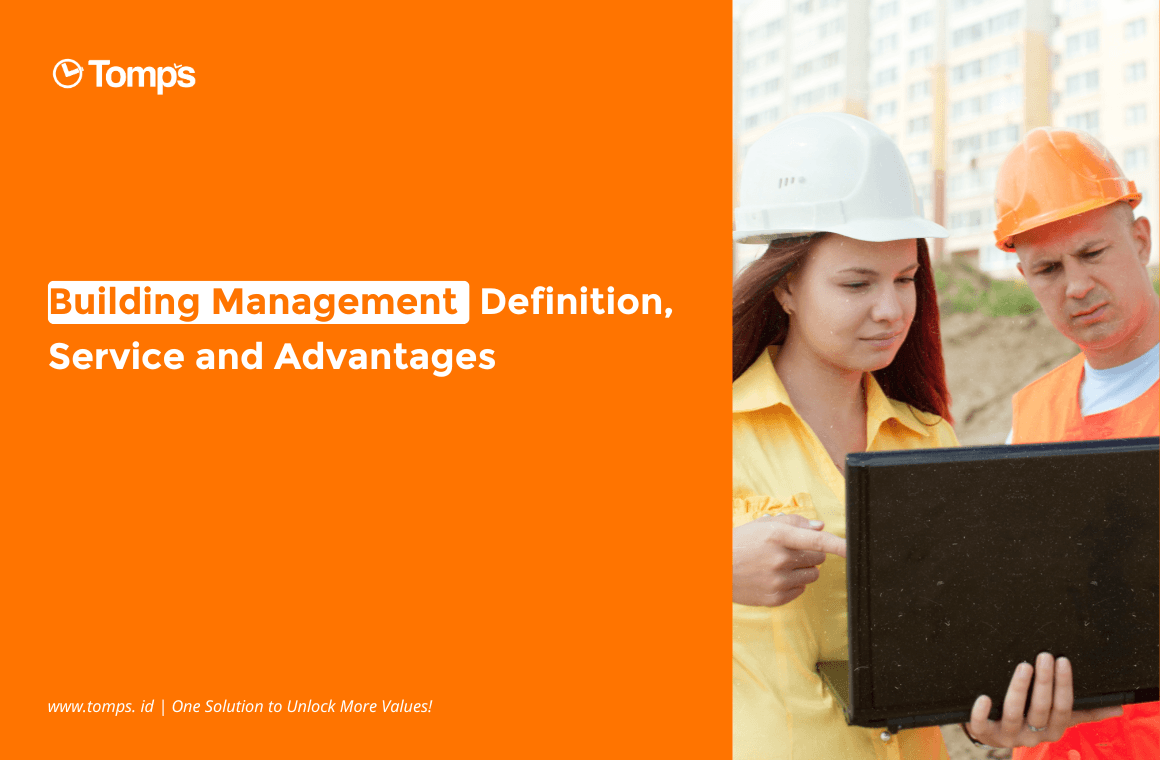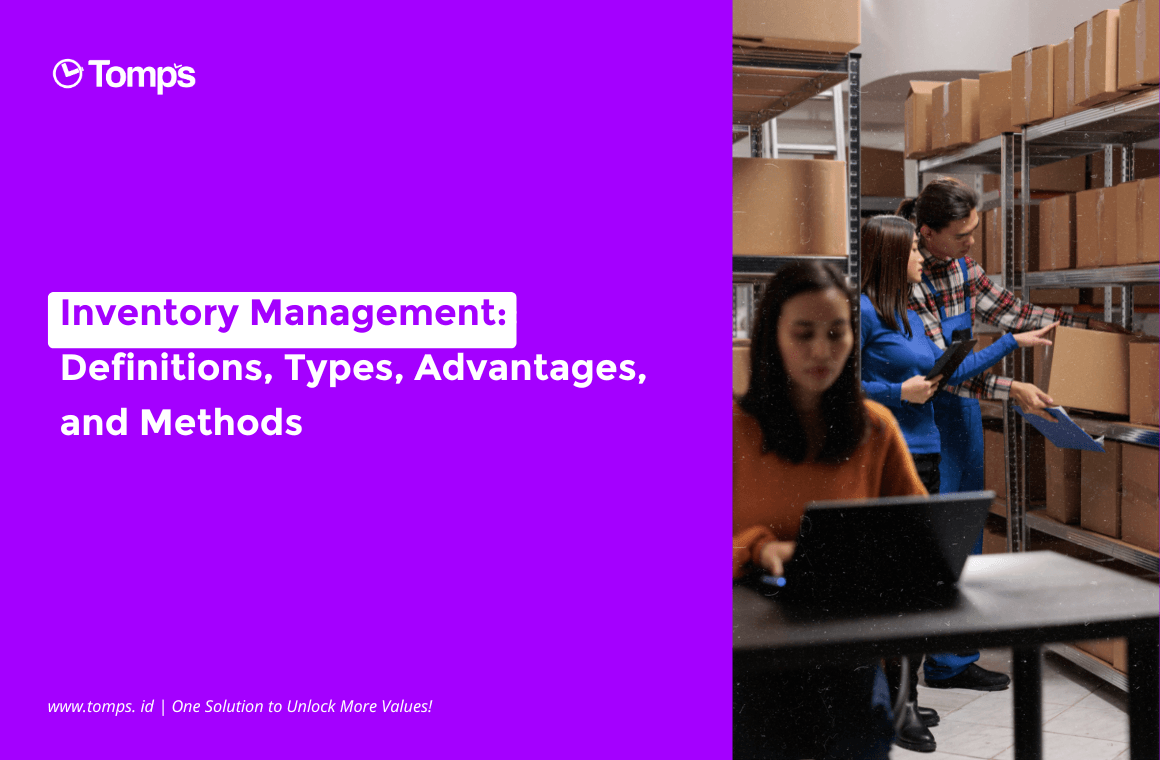Project cost management is a very important aspect of the management of every project. In a project context, the ability to control and monitor project costs is a determining factor in the success or failure of an initiative. This article will review the topic of project cost management in depth, explain the importance of this cost management, and provide insight into how to carry it out effectively to ensure that the project runs according to the plan and budget that have been set.
Understanding Project Cost Management
According to Project Cost Management Quoting on the Wrike website, cost management involves a series of steps to estimate, allocate, and control costs in a project. The cost management process allows organisations to forecast future expenses, reducing the risk of exceeding budget. Cost estimates are made during the project planning stage and must be approved before the project begins.
During project execution, expenses are recorded and monitored, ensuring the team remains compliant with the cost management plan. Once the project is completed, a comparison between estimated costs and actual costs is carried out, which provides guidelines for improvements in cost management and project budgets in the future.
The Importance of Project Cost Management
Cost management in projects has an important role in the organisational planning process. Accenture, a global services company, believes that sustainable cost management should be "core to a company's identity." Without a detailed budget, planning the resources required for the project will be difficult. For example, in the case of renovating an office building, it is necessary to hire an architect, finance building materials, and determine the wages of construction workers. To do this, it is necessary to estimate accurate costs and ensure that there is sufficient budget to cover them.
Avoiding Overspending: Avoiding overspending is one of the main reasons why project cost management is important. Project budgets are frequently limited, and spending more than allowed can have a significant impact on a company's financial health.
Enhanced Accountability: Expense management assists in determining who is responsible for specific expenses. This fosters transparency and accountability within the project team, which is critical for cost containment.
Realistic Budget Preparation: With a thorough understanding of the costs associated with the project's various stages, management can prepare a realistic budget and reduce the risk of unexpected budget changes.
Evaluation of Performance: Cost management enables the project to compare actual costs to the budget. This aids in evaluating overall project performance and identifying areas for improvement.
Optimising Resources: By tracking costs, project teams can identify resources that are likely to be wasted or inefficient. This allows for more efficient use of available resources.
Project Cost Management Process
In accordance with the Project Management Body of Knowledge (PMBOK) method, there are four steps in the project cost management process, namely:
1.Resource Planning
In the initial stages of project planning, the first step is to define the resources needed to run the project. This can be done by using a WBS (work breakdown structure) and benefiting from experience from similar projects. At this stage, the importance of project financial management is also emphasised. The project team will determine the policies to be followed, implement relevant company procedures, and prepare documents necessary for planning, managing, spending, and controlling funds during the inflow and outflow of the project.
2.Estimated costs
There are several methods that can be used to perform cost estimates that help predict expenses for a project. The choice of appropriate method will depend on the extent of information already available. One way is to use cost data from similar projects that have been implemented as a basis for estimates for the current project. Another alternative is to use parametric models, which represent project characteristics mathematically. Cost estimates can be refined as more information becomes available during project implementation. The final result of this stage is a very detailed unit cost estimate with a high degree of accuracy.
3.Cost Budgeting
The cost estimate that has been prepared together with the project schedule will be an important input in the cost budgeting process. This budgeting will provide a comprehensive view of the costs that will occur both within a certain time period and overall for the project. Cost estimating will determine the costs associated with each work activity, while budgeting will allocate costs into time periods when the actual cost expenditure will occur. This cost outline is an agreed-upon phased budget plan and is used as a basis for measuring actual performance progress in the project.
4.Cost Control
Cost control is a practice related to measuring variables originating from the cost base and taking effective corrective action to achieve minimum costs. These procedures are implemented to continuously monitor project expenditures and performance as they progress. All changes that occur to the cost base need to be recorded, and the expected final cost estimate must be continually updated. The use of cost control software can help in determining cost control procedures, tracking and approving changes, and implementing necessary analysis. In addition, reporting can also be improved and simplified to make communication easier for all parties involved in the project.
Cost Planning Feature with the Tomps Project
As mentioned in the article, the cost planning feature in Tomps Project is an important feature in project management that involves estimating, managing, and monitoring project costs.
Cost Estimates: The Tomps Project can help create initial cost estimates in the early stages of project planning. Cost estimates are made based on the details of the work to be carried out, and this will help in determining the initial budget.
Budget Management: After setting the project budget, budget management will be carried out to ensure that the determined costs remain within the established limits.
Cost Analysis: Tomps Project will help to analyse the detailed project costs required, such as expenses for labour, materials, equipment, and other resources.
Cost Risk Management: The aim of cost risk management is to ensure that project costs remain within predetermined budget limits and to avoid unexpected costs.
Project cost management may seem complicated, but Tomps Project can help make this process easier by using the cost planning feature. The cost planning feature is an important component of project management that aims to identify, estimate, and control costs associated with a project. This feature allows project managers to carefully plan required expenditures, allocate resources efficiently, and monitor project budgets throughout the implementation cycle. With cost planning, project managers can avoid unexpected cost increases, optimise resource use, and make more informed decisions based on the latest cost data.
In addition, the cost planning feature also enables real-time collaboration between project team members, allowing them to work together to manage project costs. With advanced project management tools, such as Tomps Project, project managers can optimise the cost planning process, increase transparency, and reduce risks associated with cost issues. Thus, the cost planning feature plays an important role in achieving project success and keeping the project within budget.







